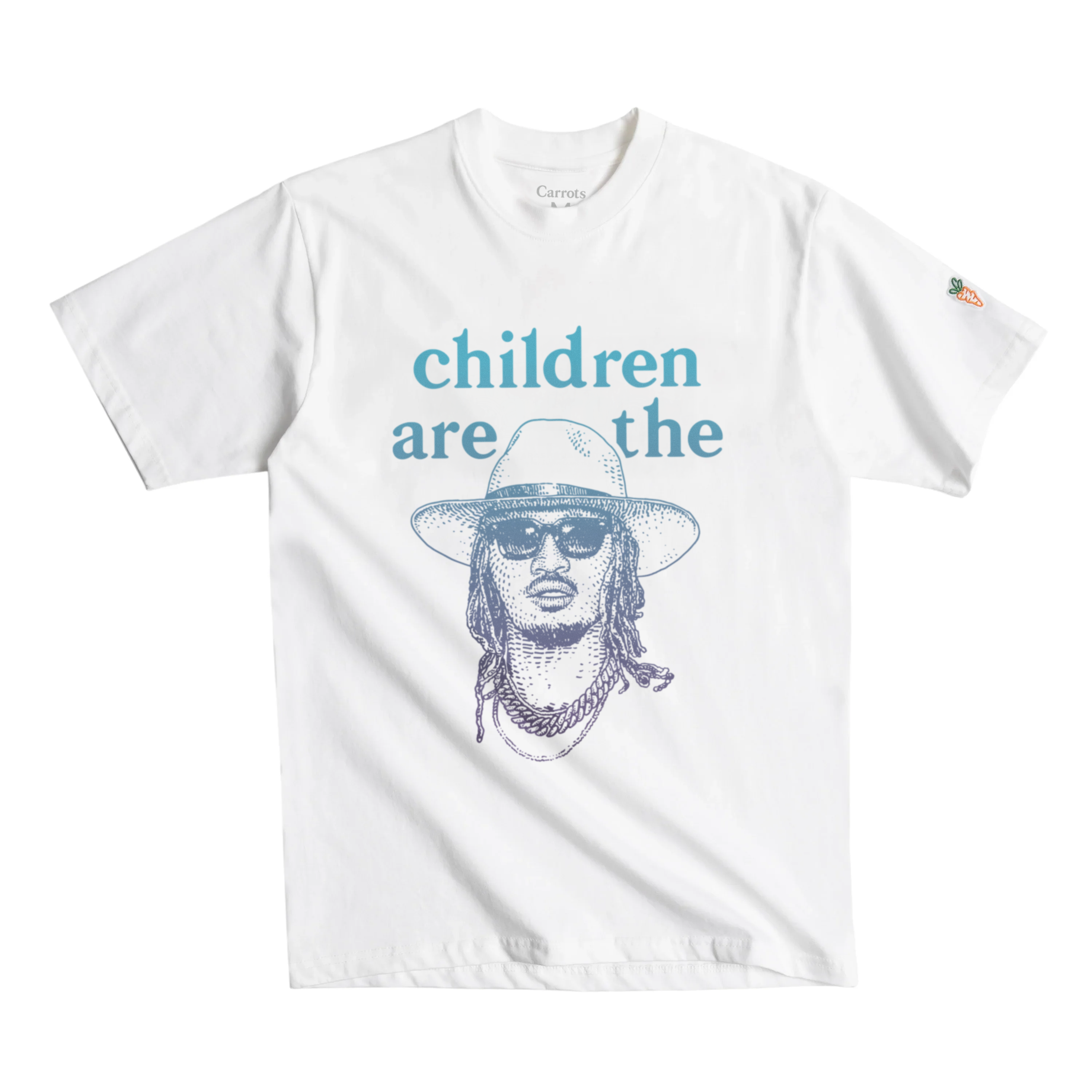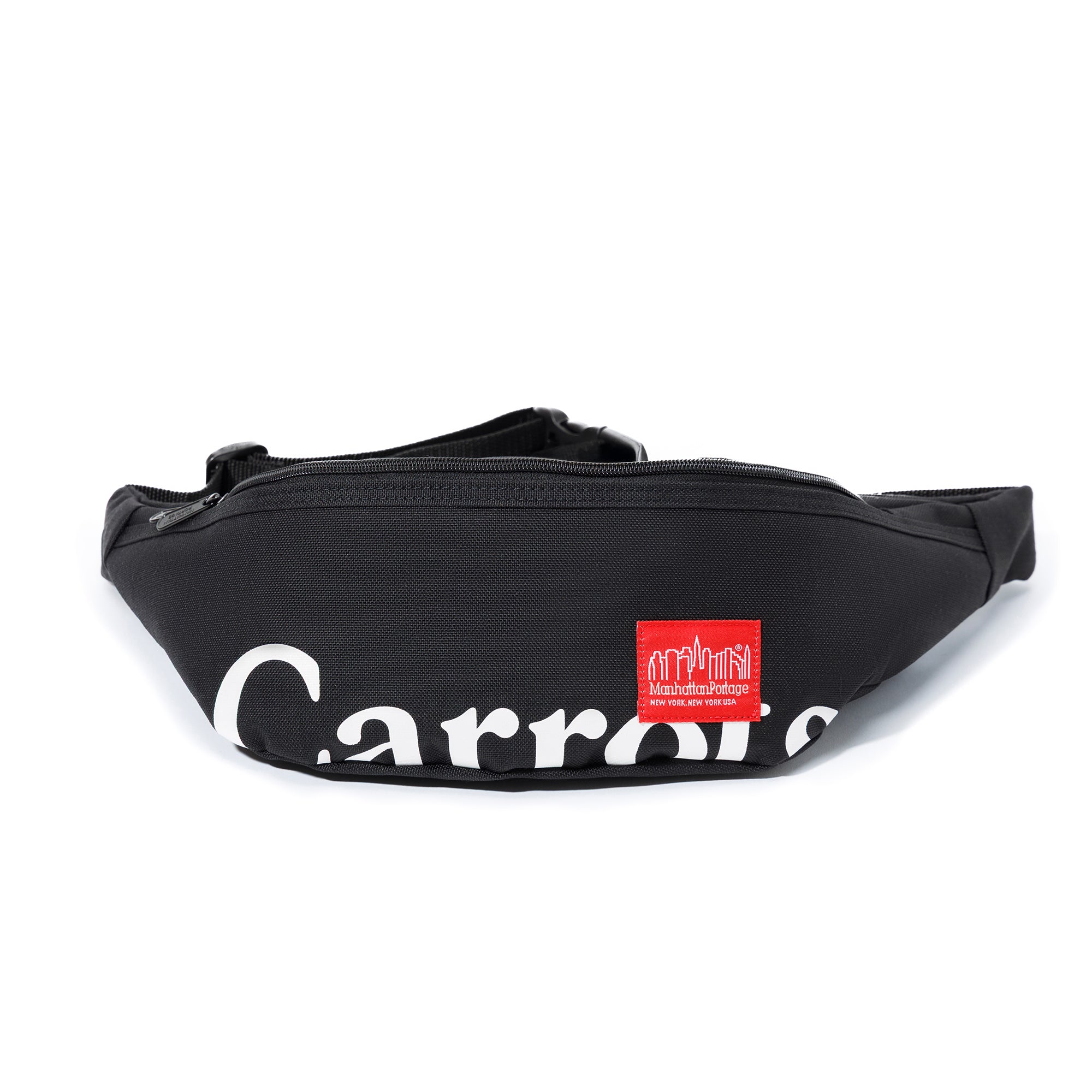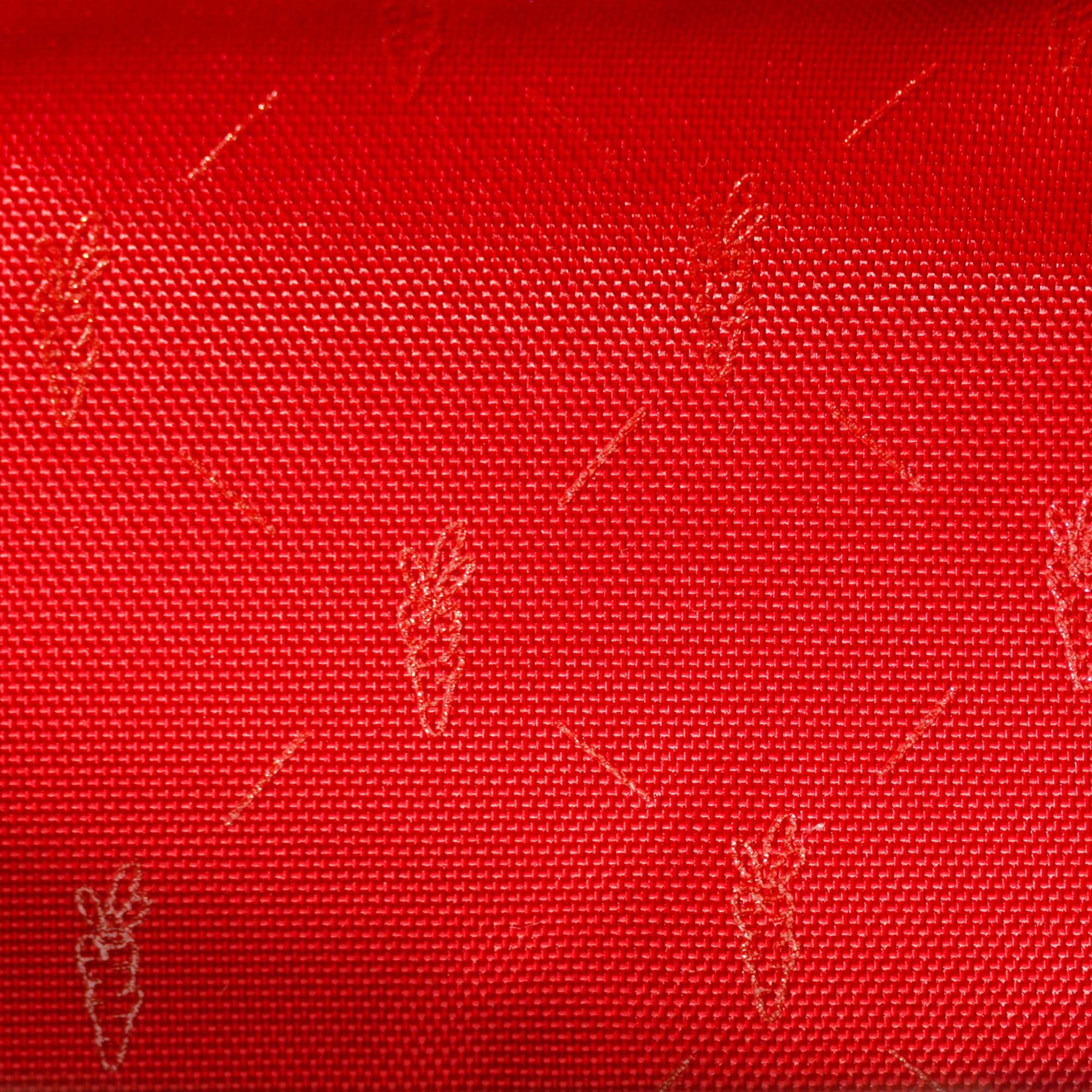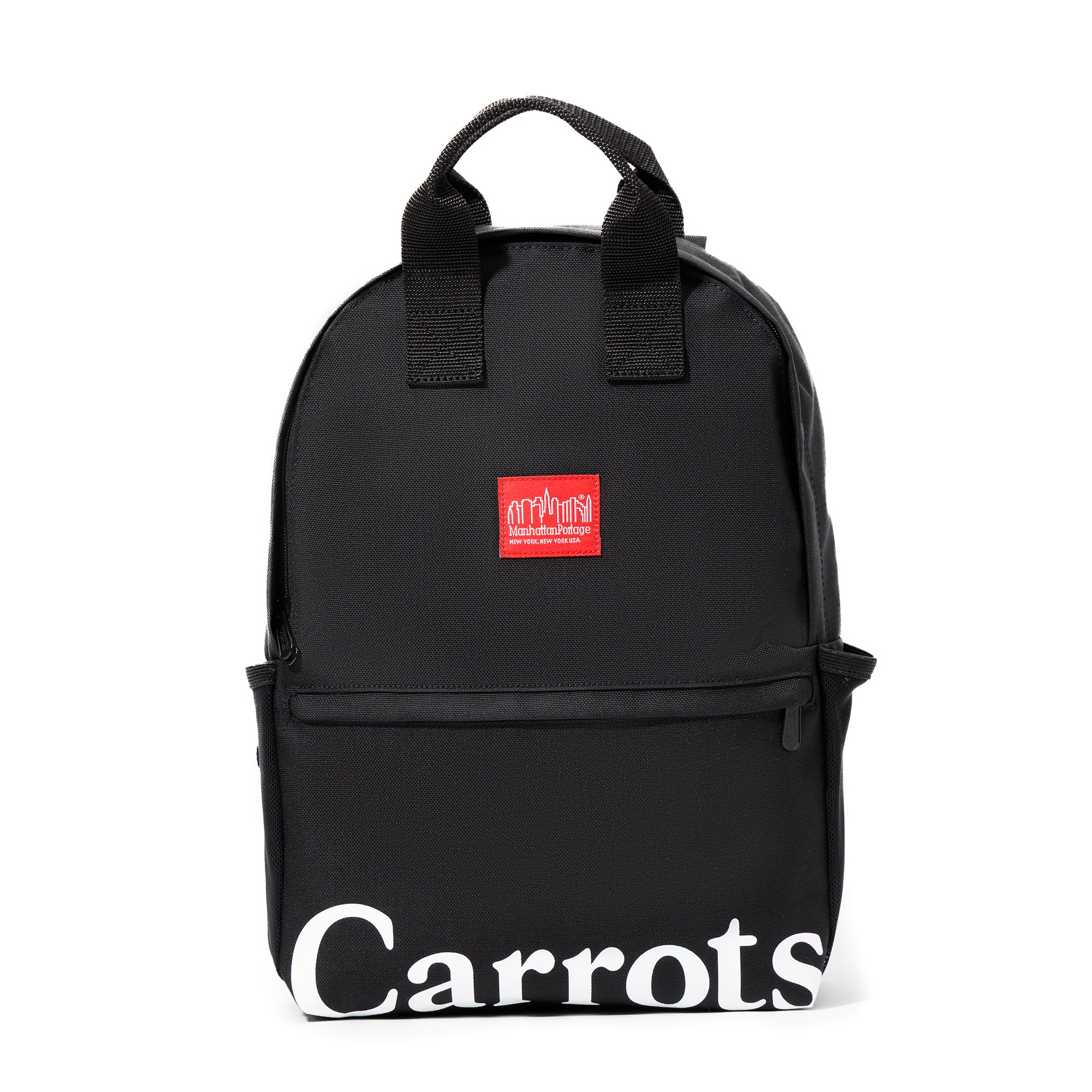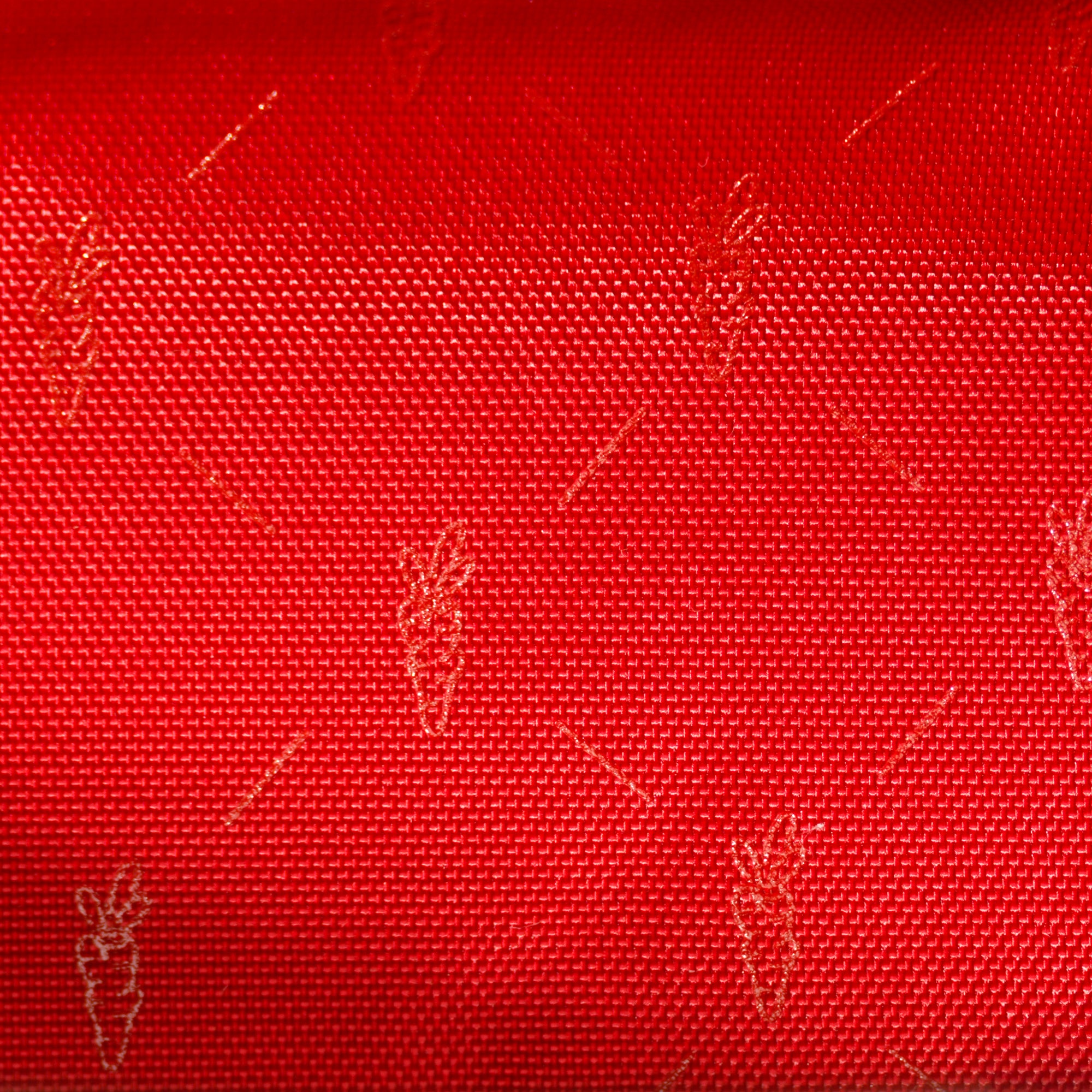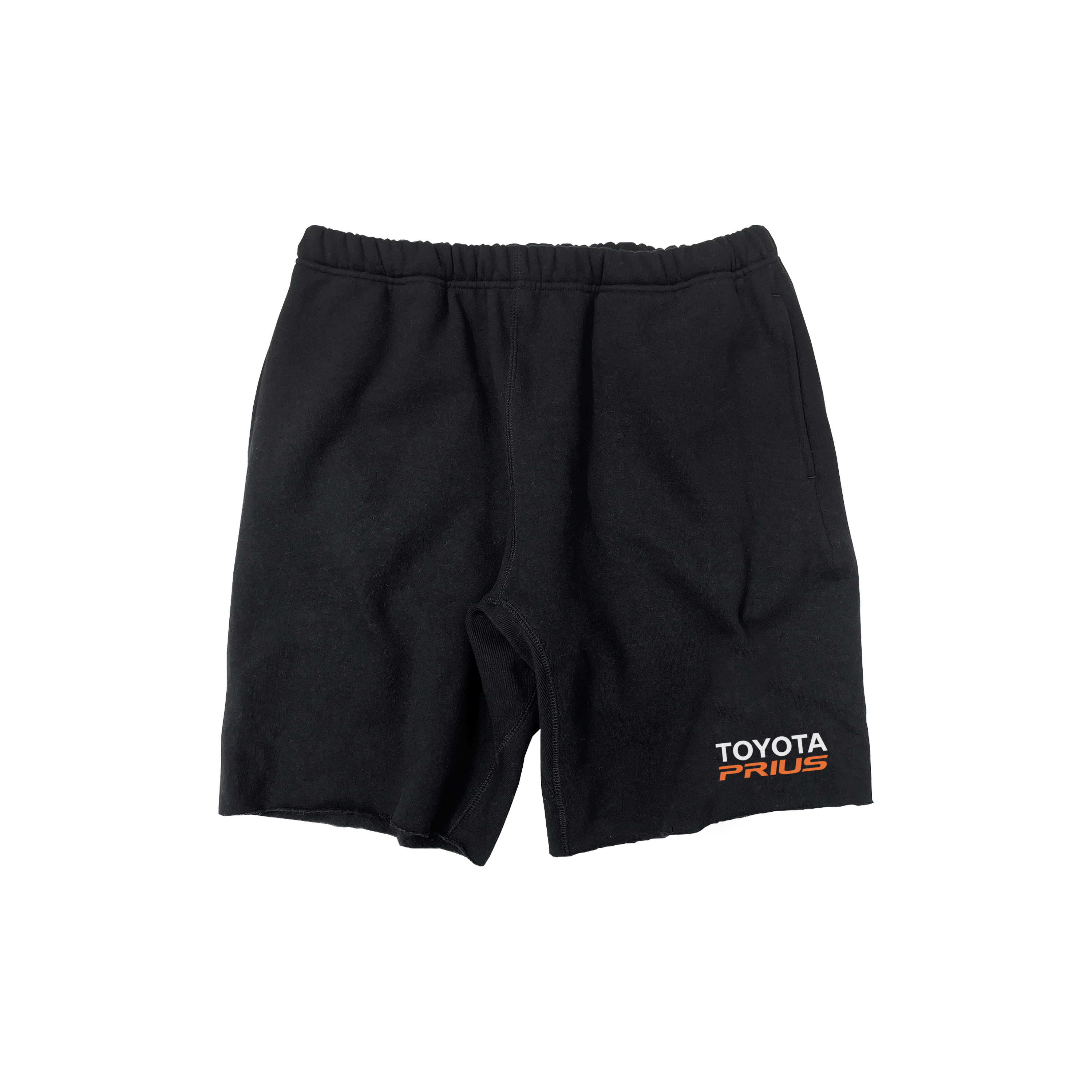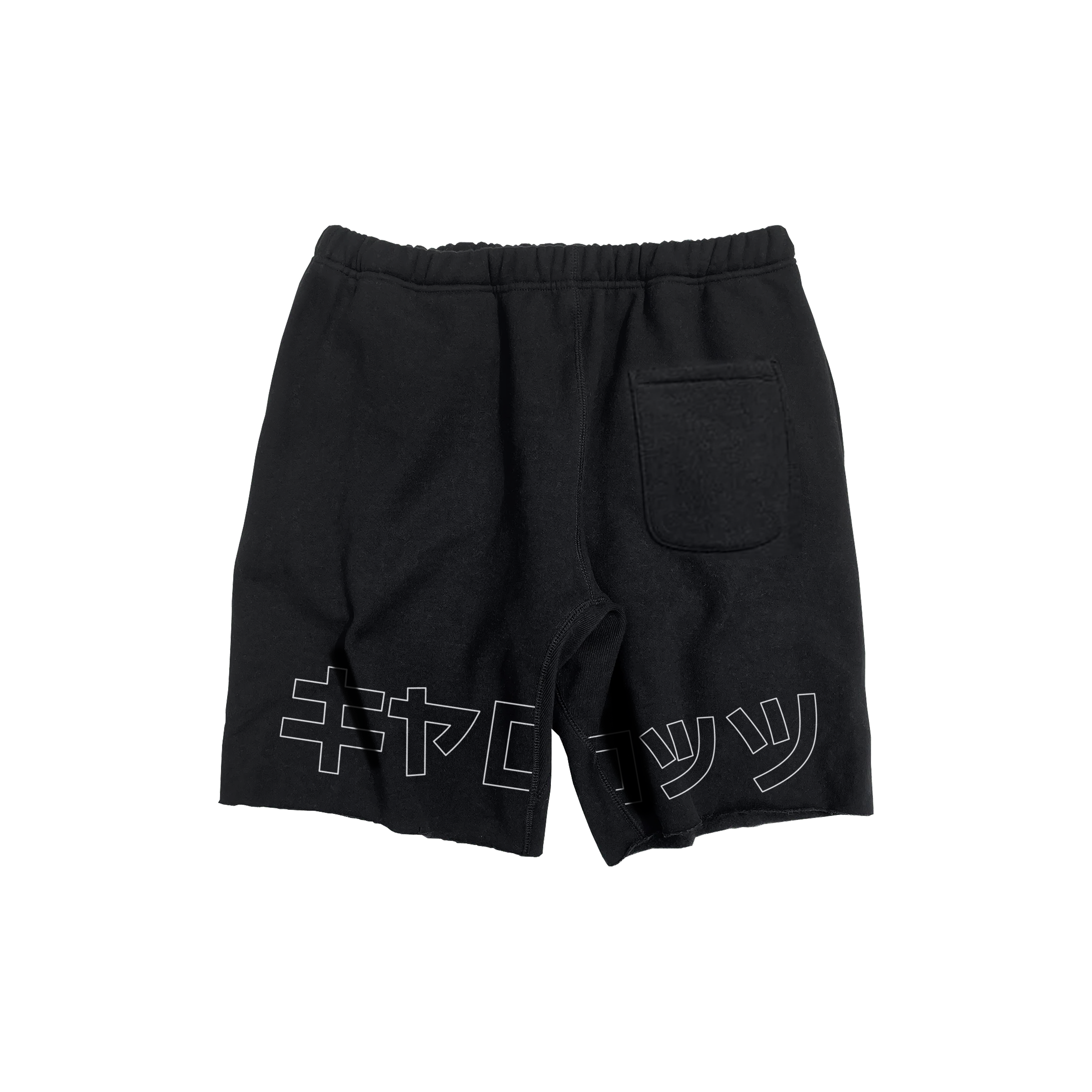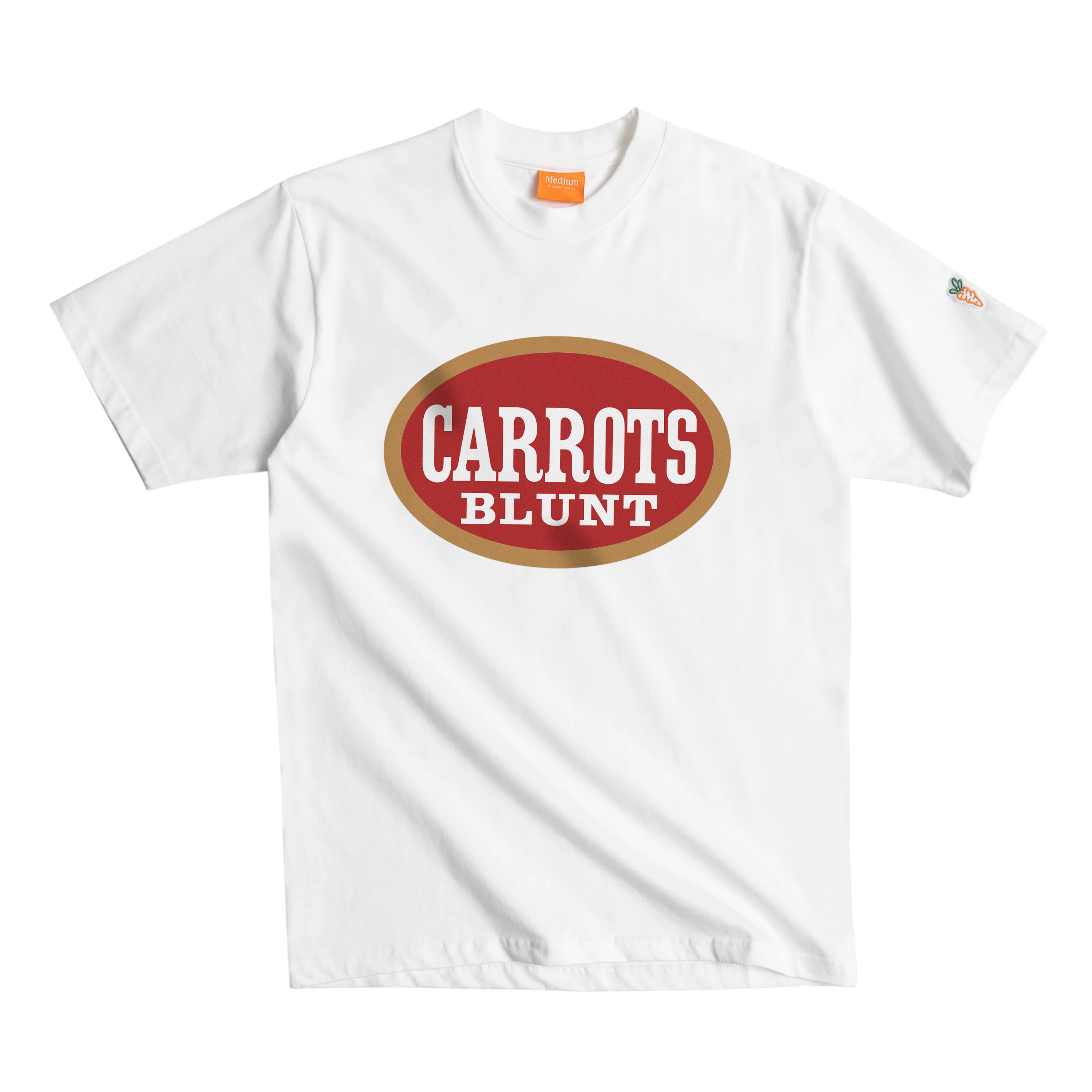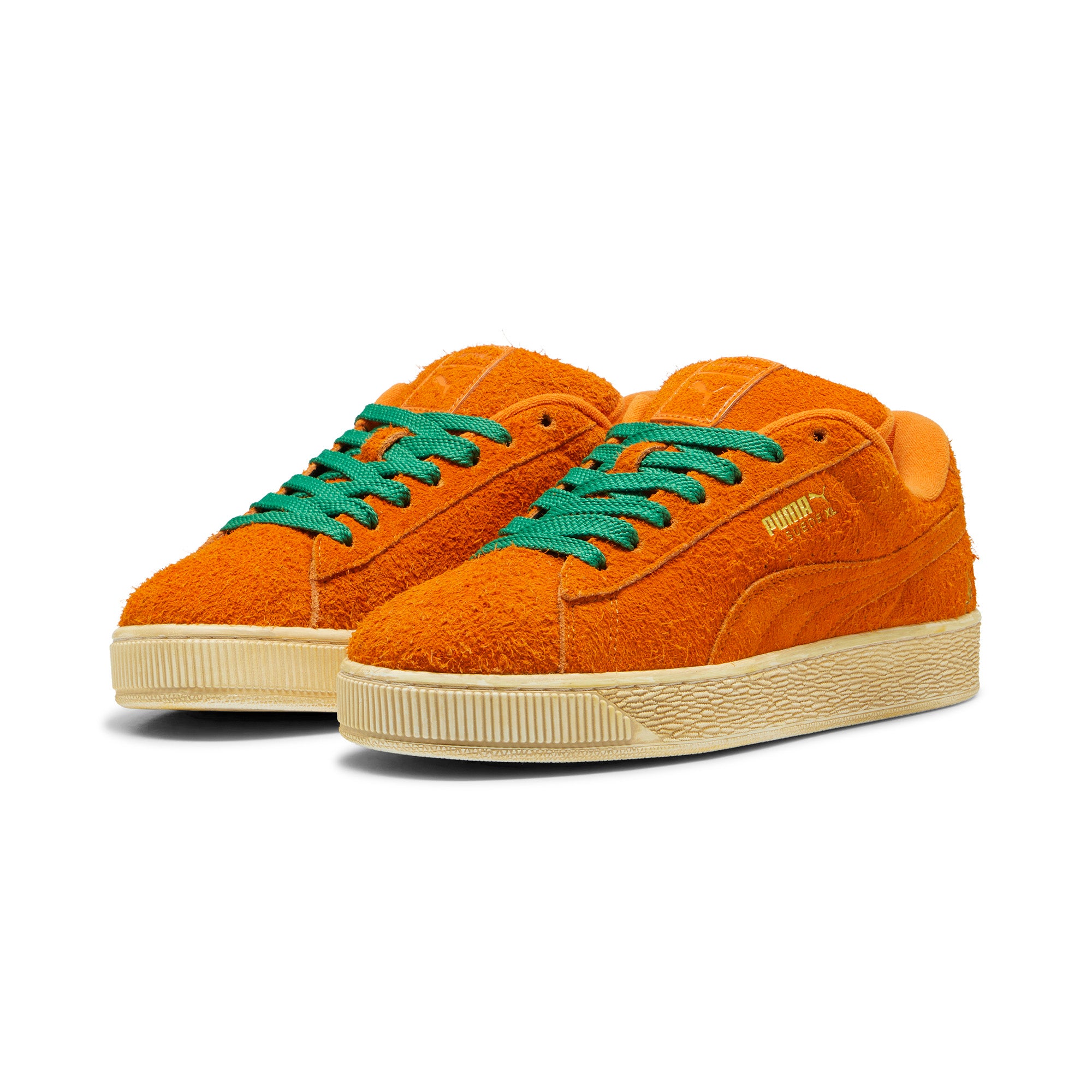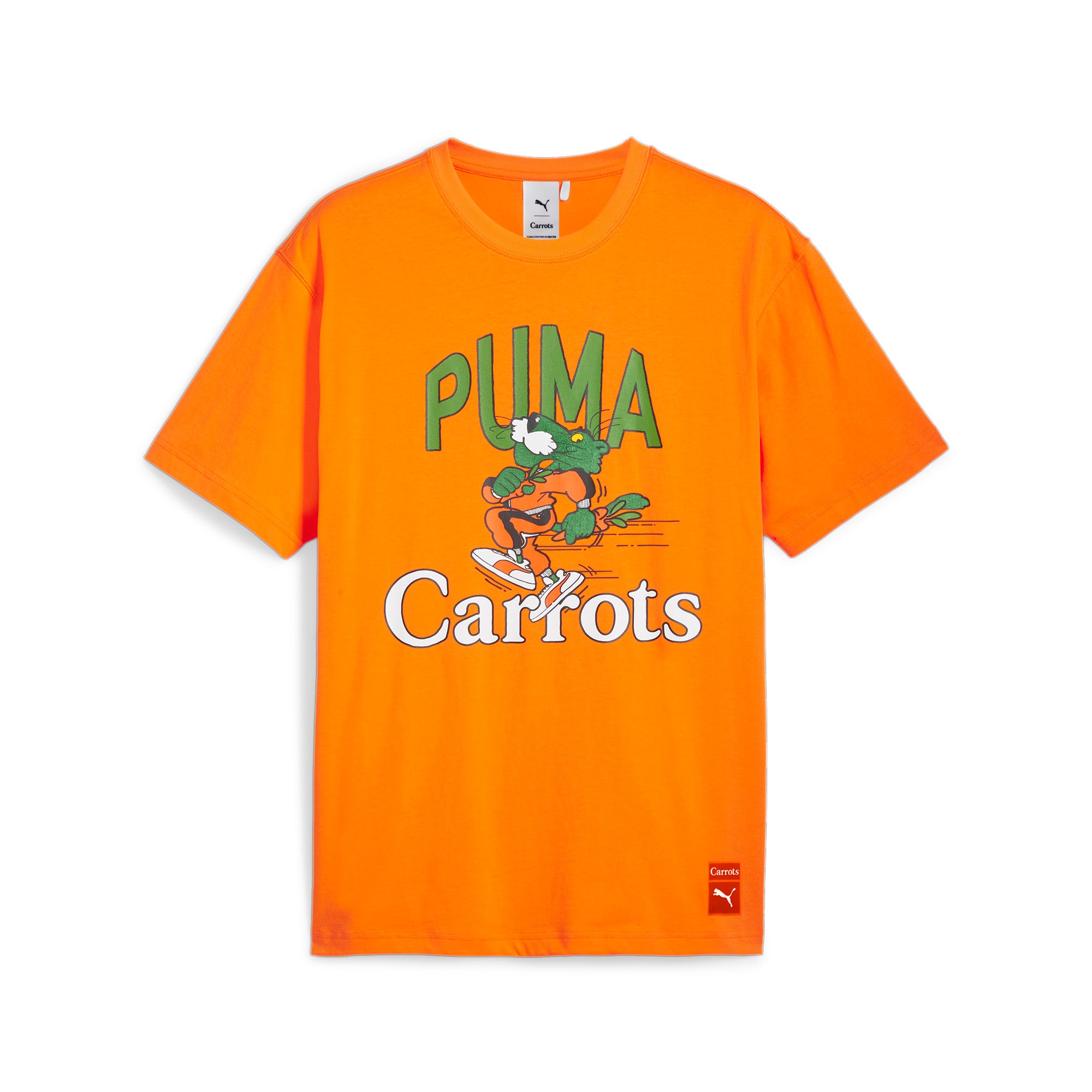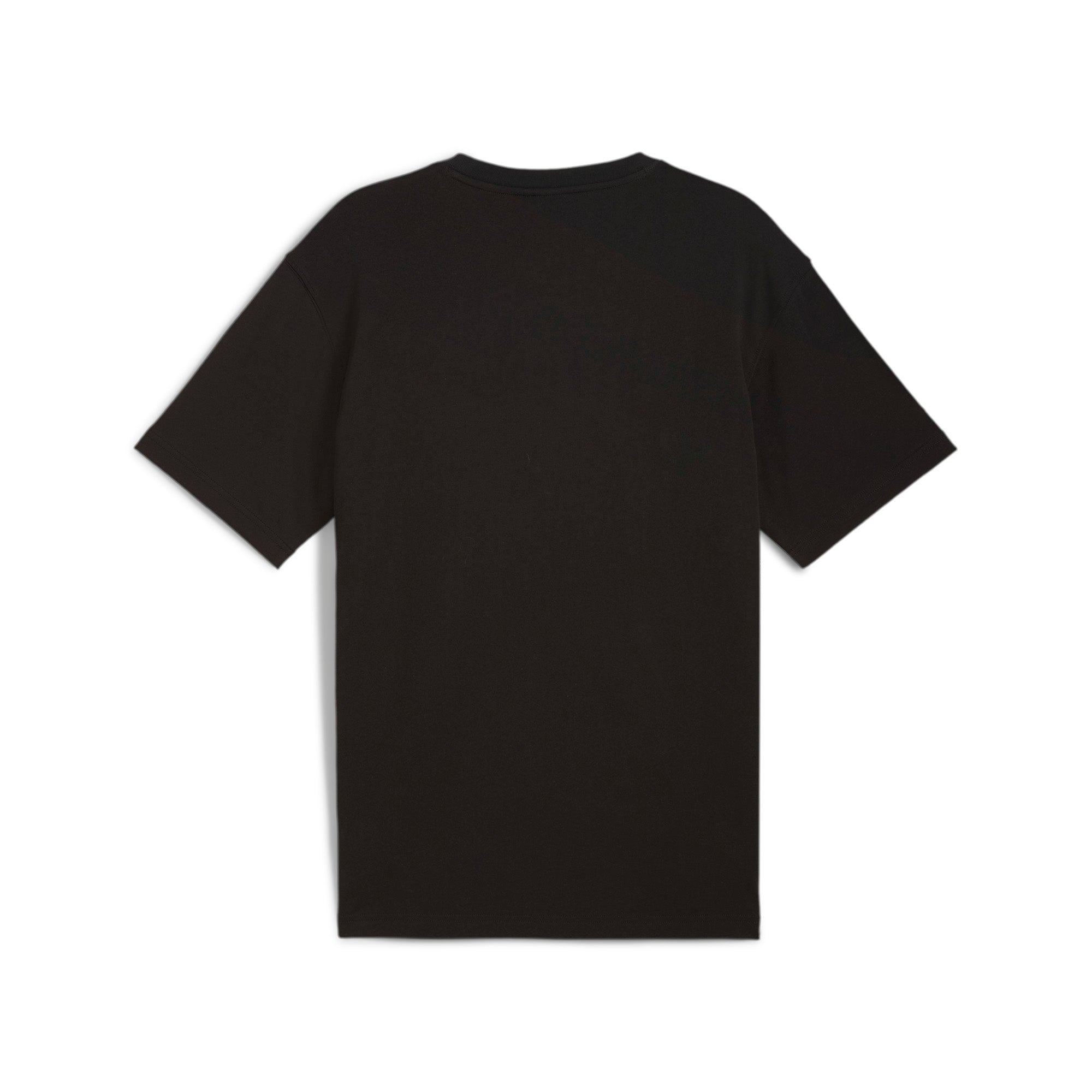
Old friends Bathing Ape founder Nigo and WTAPS creative director...


Old friends Bathing Ape founder Nigo and WTAPS creative director Tetsu are currently working together for the first time on their super exclusive new streetwear line Ursus, from the BAPE stable. Seen as the darker, edgier side to BAPE, Ursus brings together new ideas and a new look for the Japanese label, incorporating a more considered feel to the clothes. Dazed Digital met up with the pair, at London’s infamous and traditional Connaught Hotel, to talk about their new venture, obsessional collecting, folk photography and The Pogues.
Dazed Digital: How did you two first meet?
Nigo: When I was 18 and Tetsu was 14. We met at a mutual friends house, just hanging out. No one really introduced us; we just kind ended up in the same place at the same time and got each other pretty much right away.
DD: So if you have been friends for that long what was it that made you want to collaborate on a project now?
Nigo: It’s really only the first time we have worked together in an officially announced way. We have actually been working together unofficially since we first met. When I had my first store Nowhere, it was originally half Undercover’s store and half mine, and I sold Tetsu’s first brand in there. We also worked together on an exhibition of artists from the Mout crew, which included Tet. This is really just the first time we have phrased it this way.
DD: So what is the inspiration behind Ursus?
Tetsu: Its kind of like Ursus is the B-side of Bathing Ape. It’s the darker half of it, the rougher, gruffer side.
The word Ursus itself is inspired by the gorilla General character from Planet of the Apes – General Ursus. As with BAPE we are taking that film partly as an analogy and Ursus is the sort of rough and nasty character from that film. I was also interested in the fact that ursus is also Latin for bear, which is a rugged and gruff animal, and fit’s with my designs.
DD: You have added in some tailored shirts and trousers to the line, with a smarter side to it compared with both BAPE and WTAPS. Where does that come from?
Tetsu: I was just really conscious of doing good individual pieces with nice tailoring and detailing, pieces which stand on their own as individual garments.
DD: There is also a workwear element to the collection.
Tetsu: I wasn’t really consciously thinking to make workwear but it is important for me to do something that is strong and durable both physically and aesthetically, for daily use. Good adaptable clothes for every day usage, that’s the way I approached the line. I guess in a way I have done that by adapting work wear a bit. That’s the concept.
DD: There has been a bit of a workwear revival in general recently, where do you think that’s coming from?
Nigo: Fashion is cyclical. When I first started making clothes in the early nineties there was also a workwear boom, but back then it was much less intense, much less considered. It wasn’t so researched in that sense; it was mainly about Carhartt and Ben Davies. I guess like most trends in Japan, the workwear obsession didn’t really die out, it has just dropped from the public eye and gone underground, but people have continued to research and refine in that time.
Denim collecting is a big thing but ultimately denim is actually just a form of workwear and the guys that were and are into denim are now moving into workwear, and also going back further in history, to the 1930s.
It is kind of a return, a resurgence in interest, but I think it seems new because people are taking it further. It used to be the case where you would go to old shops in the middle of America and buy Carhartt dead stock but now because it that brand is available people are taking it much further and looking to other brands with long histories. There are a lot of forgotten brands, which are inspiring people with details. Workwear has kind of been off the fashion radar and now it has come back in and people are seeing it again. It has been progressing while people weren’t so focused on it and so it has carried on and evolved during that whole time. Workwear has always been a staple for us because that’s where we started out.
DD: Nigo you’re a huge collector. What are you focusing on at the moment?
Nigo: It’s kind of always the same. The same area’s, clothes, records, stuff like that, but my focus changes.
Tetsu: I think you have gone back to the essentials.
Nigo: I am always collecting clothes. Vintage, custom made, exclusive pieces, but the direction changes a little. On the vintage side I have gone back to the end of the 19th century, right back to the late 1800s. I am also really into bespoke tailoring at the moment, something I have really been feeding off while in London. Ultimately though I’m a collector, through and through.
Tetsu: I don’t collect in the same way, I keep sketchbooks of images and printed material, which are put together in a certain way, kind of like collage. There is no pattern to the way I get the images; it could be pretty much anything at all. So like today, I got a coffee from EAT and I liked the way the paper bag looked. It can be that random.
DD: And what are you both listening to and looking at the moment? What are you getting into?
Nigo: Basically it doesn’t change for me; I’m interested in the same categories of music, hip-hop, soul, rockabilly, old stuff and new stuff. I’m into the new Kid Cudi bits, which is cool because he used to work in the NY BAPE store, so he has kind of graduated. I have always been a fan of the Beatles and the recent reissues are really good.
Tetsu: I love collecting soundtracks and music scores so I am always looking for them, I have a list I’m always chasing. For me, in photography, rather than be following a lot of other photographers I have a core of people that I work with, and for me that is really interesting. It’s more about working with them on projects as opposed to looking around a lot at what other people are doing. It’s more that it is exciting what’s close at hand.
Nigo: I’ve been really interested in books of folk photography, like pioneer photographs from the mid-west, railroad building and 1930s imagery. A lot of really beautiful group staged photos. The first New York World Fair, in the 1930s, composed a brilliant photo book of what was on show, which I have managed to find a copy of recently. It’s really amazing and futuristic. Much more so than the 1960s version of how people assumed the future would look. The photos are really beautiful too.
DD: And have either of you got your eyes on anyone creative over here in the UK?
Nigo: I’m really interested in the ‘gentleman’ idea at the moment. I’m really interested in the traditional side of it, which is really visible here, but you don’t really see anywhere else. The tailors and shoe makers, and luggage, its really dedicated. The people that are involved in those trades are really interesting to me at the moment, more so than one particular artist or designer.
Tetsu: Always the same - Shane McGowan. Since the 80s I’ve been really into The Pogues, from back when I was skating, so it is kind of the standard for me. There was a list bands that you had to be up on when we were skating, that got passed down from the older guys on the scene and The Pogues was on that list. And Matt Hensley was a big Pogues fan because he was Irish American and I was really into how he skated, so it has kind of stuck with me since then. People can be pretty obsessive about being into something in Japan and Shane McGowan has kind of been my obsession. Or one of them.
http://www.dazeddigital.com/fashion/article/6168/1/ursus-bape-x-wtaps




